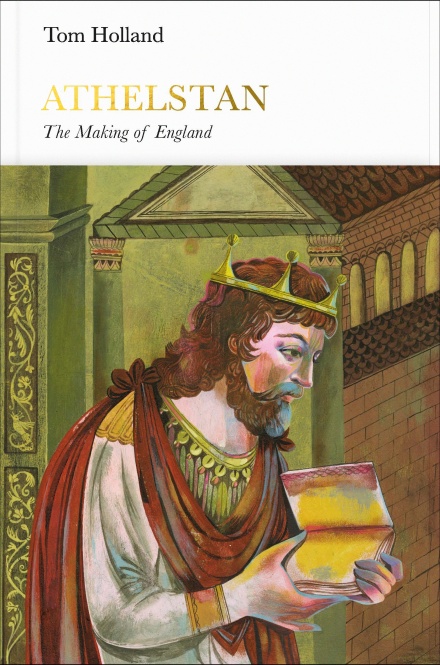There are many reasons why I embarked on this project and set up this website. The most basic was my desire to learn more about England’s monarchs in a systematic way and one that forced me to stick through reading multiple books, which so far I have found very rewarding.
Another reason, though, is to answer a question that I often ask myself when I’m trying to select a book on a subject – namely, which is the one book to read on it. To me this is related to the question of the “best book,” but not necessarily the same thing: the best book on a subject may not necessarily be the most comprehensive one available or the most accessible work on the subject, but the one that does the best job of explaining its subject within its pages.
With that in mind, I decided that when I completed reading all of the books that I had selected to read I would try to ascertain for myself which is one book someone should read if they want to read a biography of a monarch. I do this with the caveat that my judgment is subjective and shouldn’t be treated as an effort to discourage anyone from reading any of the other books available about a monarch. But, to put it simply, if I’m asked which one biography someone should read about a monarch, which one should it be?
With Æthelstan, the choice is complicated by the fact that the two books I read about him are both fine studies of his life and times. Of the two, Tom Holland’s biography definitely wins the prize for readability, as he demonstrates in it the talents that have made him such a highly-regarded author. As I mentioned in a previous post, given his background as an ancient historian he seemed a curious choice, but he fully vindicated his selection with an excellent overview of Æthelstan’s reign.
Yet when I consider which of the two is the best book to read on Æthelstan, I have to award the palm to Sarah Foot’s biography. Part of the reason is her creative solution to the problem of the scanty sources available for Æthelstan’s life, which she addresses nicely by expanding her study to consider the institution of the Anglo-Saxon monarchy more generally. Another is her analysis for his actions, which is informed nicely by her background on the period and avoids the trap of reading modern attitudes back on the past. That she does all this, though in a text that while not as narratively dramatic as Holland’s nonetheless explains Æthelstan’s life in clear prose that makes it easily understandable. So if you want to read just one biography of Æthelstan, Foot’s is the one to get.



